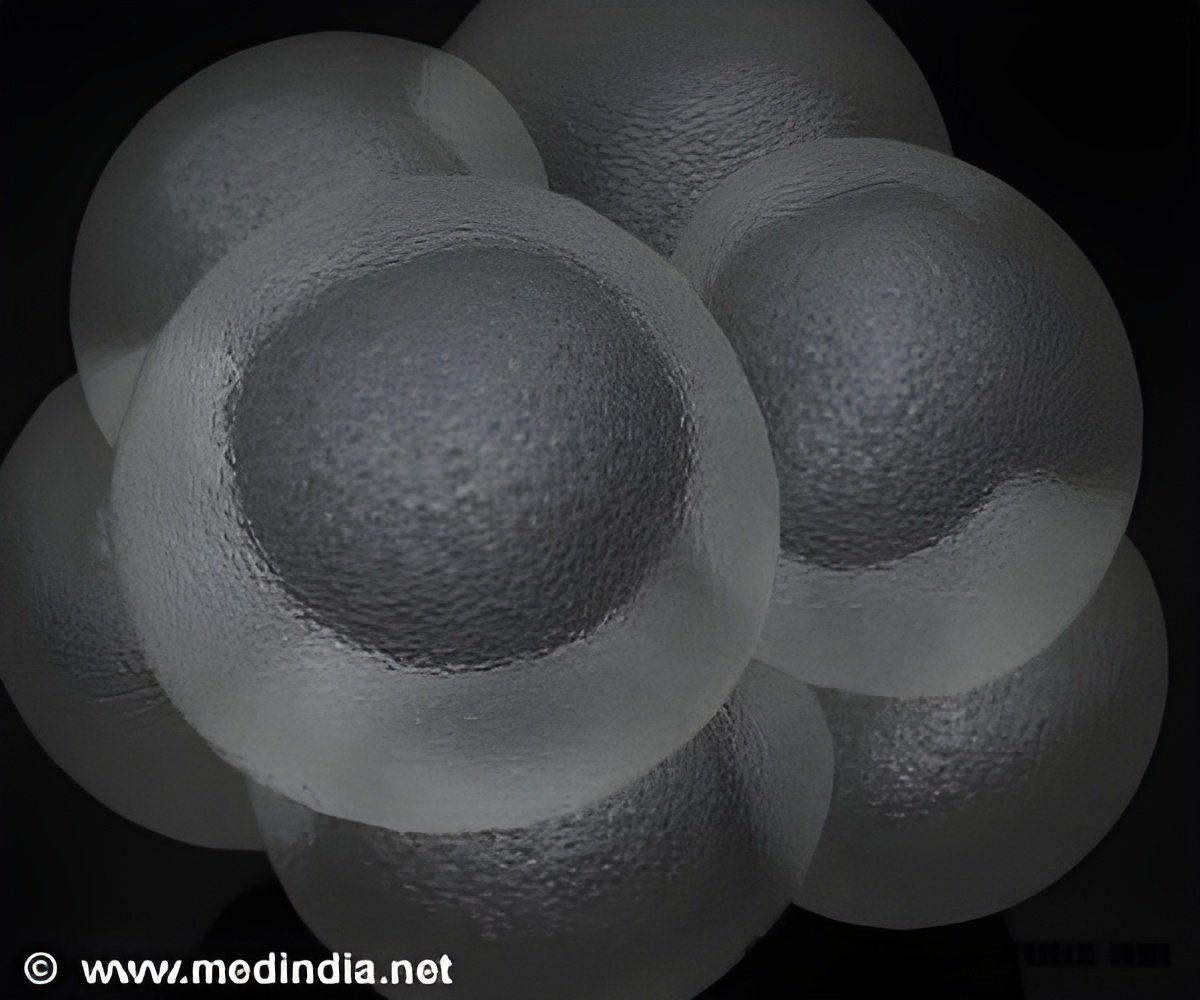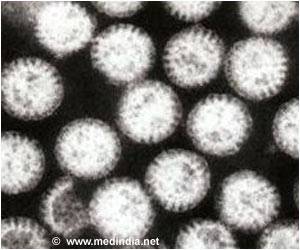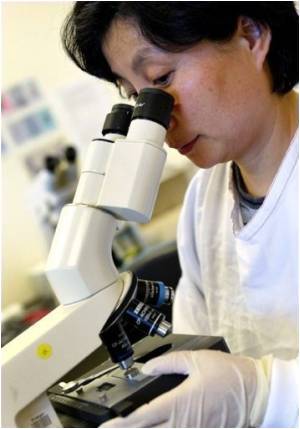The workings of the JC polyomavirus were persistently pursued for more than a decade by the research group of Brown University Professor Walter Atwood.

"This paper is significant because it re-defines the role that serotonin receptors play in JC Polyomavirus infection," Atwood said. "Our initial hypothesis was that these receptors played a direct role in virus binding to cells. We now know that this is incorrect. A second carbohydrate molecule, LSTc, is what facilitates binding and we confirm that here."
The research, Atwood said, could lead to improved treatment for PML, for instance by informing how existing drugs work.
"The present study provides new insights on three different serotonin receptors which are potential drug targets," Atwood said. "Several 5-HT2 receptor inhibitors, both selective and non-selective, are FDA-approved and commonly used to treat neurological disorders. One of these drugs, mirtazapine, has been administered in patients with PML and results have been mixed but it does appear that the use of mirtazapine is most successful if administered early at the onset of PML symptoms."
The researchers are now looking at why these three specific serotonin receptors facilitate infection, while the others do not.
Source-Eurekalert









